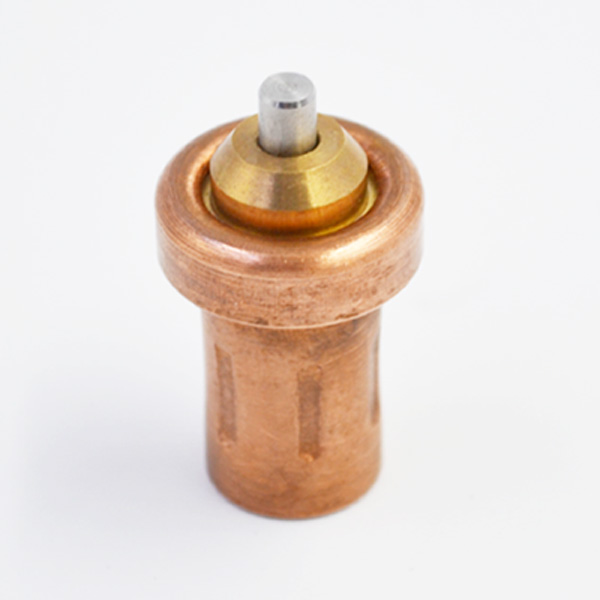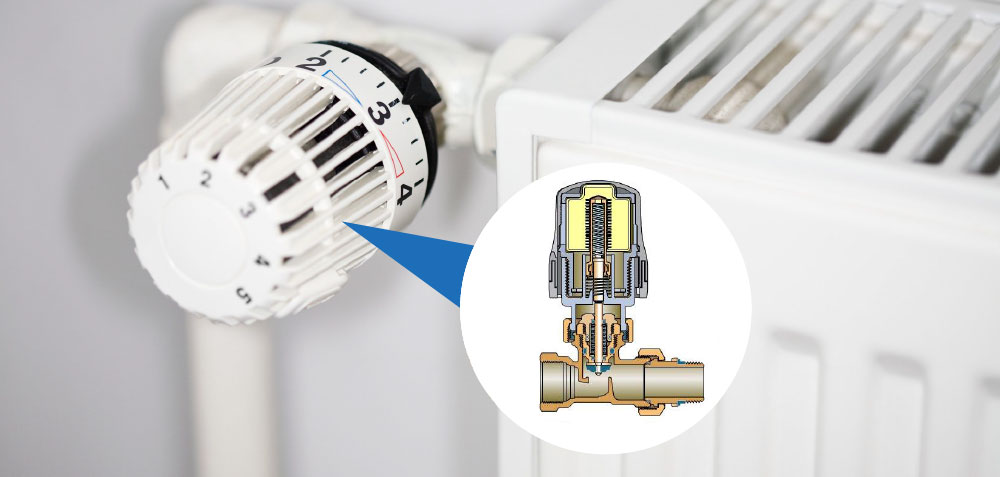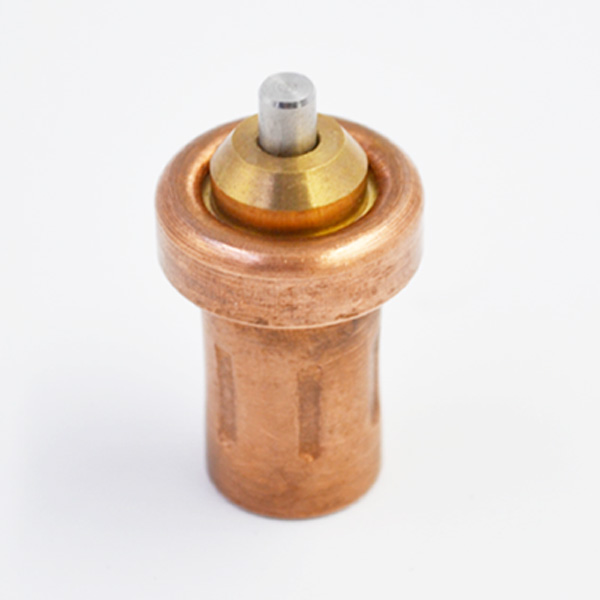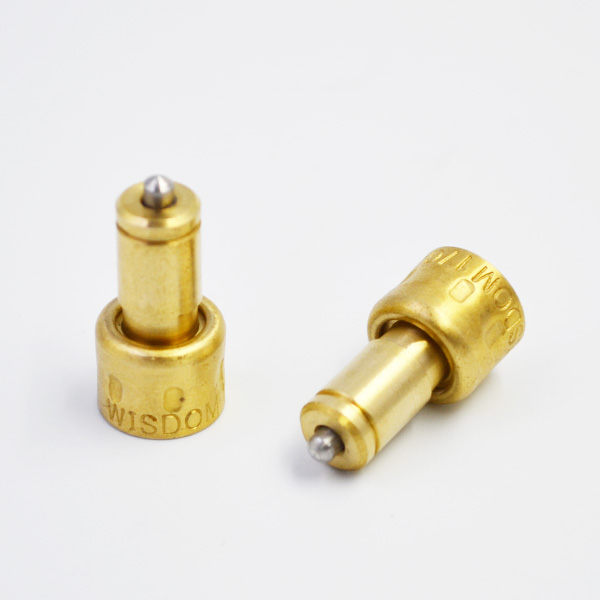A water cooling system of passenger car motor and its controller can solve the cooling problem of passenger car and its controller very well. Because the working efficiency of passenger cars and their controllers is generally given by each manufacturer, and then the flow resistance and energy loss of water cooling system are analyzed, so as to design the appropriate pump power, cooling water flow and cooling mode according to the site environment layout and working conditions. Safety and environmental protection has become the theme of today’s era, and efficient, energy-saving and environmental protection passenger cars have become a hot research topic at home and abroad. With the development of power electronics technology and AC drive technology, AC motor and its controller will inevitably become the development trend in the future. Passenger car motor has the characteristics of high speed and fast response. As a key component of passenger car, reliability test must be carried out on the motor test bench of passenger car to simulate its operation environment.

As one of the important parts of the motor test-bed of passenger cars, water-cooling system plays an important role in the authenticity of the motor operating environment simulation. The design of the passenger car motor and its controller water-cooling system, water-cooling temperature requirements are relatively high. In summer, the temperature of primary water inflow is below 31 C, thermostatic element and the flow rate of primary water will reach about 10 m3/h. However, because the existing cooling tower water flow is insufficient and the primary water temperature is higher in summer, the customer manufacturers will not be able to meet the requirements of water circulation. In view of this water cooling design, air-cooled water chiller is needed, which can solve the requirements very well. The effective power output of passenger cars and their controllers is much smaller than the input power required for their operation.

The excess power will be converted into heat dissipation, and a small part of it will be dissipated into the air through heat conduction and convection. But in the thermal design of water cooling system, the total dissipative power P dissipation is still taken as the basis of calculation, and the safety factor of 20% is given. The calculation of refrigeration capacity of water cooling system. The refrigeration capacity P of water cooling system of passenger car motor and its controller is 1.
2 times as much as P calculated in formula (1). Compressor. Compressor lifts low-pressure gas to high-pressure gas, a kind of driven fluid machinery. It is the heart of the refrigeration system. It inhales refrigerant gas of low temperature and low pressure from the suction pipe. After the piston is compressed by the motor, it discharges refrigerant gas of high temperature and high pressure to the exhaust pipe to provide power for the refrigeration cycle, thus realizing the refrigeration cycle of compression, condensation (exothermic), expansion and evaporation (endothermic). The flow rate Q required for heat transfer. Passenger car motor and its controller calculate Q by P refrigeration. In general, the outlet water velocity of water cooling system is v=2~3m/s. By calculating the flow q, the DN value of pipeline that meets the requirements can be selected. Selection of pumps.
Pumps are devices for transporting or pressurizing liquids, converting electrical energy into mechanical energy.

When choosing a pump, we must consider the factors such as flow, head and power. Flow: The flow of the pump is also known as the water flow, which refers to the amount of water pumped in a unit time. The flow rate Q of the pump can be determined by the heat Q required for heat transfer. Head: The head of heat preservation gear pump refers to the height at which the pump can lift water. The lift of centrifugal pump is based on the impeller center line and consists of two parts. The vertical height from the impeller center line of the pump to the water surface of the source, that is, the height that the pump can suck up water, is called the suction head, or the suction head for short; the vertical height from the impeller center line of the pump to the water surface of the outlet pool, that is, the height that the pump can pressure the water up, is called the pressure head, or the pressure head for short. That is, pump head = suction head pressurized head should be pointed out that the nameplate marked head refers to the pump itself can produce the head, it does not contain pipeline water friction caused by loss of head. When choosing water pump, attention should not be neglected. Otherwise, the water will not be pumped. Power: In unit time, the amount of work done by a machine is called power. Usually the unit of power of motor is expressed in kilowatt, and the unit of power of diesel engine or gasoline engine is expressed in horsepower. The power transmitted by the power engine to the pump shaft is called the shaft power, which can be understood as the input power of the pump. Usually, the pump power refers to the shaft power.
Selection of cooling mode. The choice of cooling mode depends on the site requirements. In summer, the lowest primary water temperature through cooling tower is 31 C. If the secondary water temperature of equipment is lower than this, we usually need to choose chiller to cool primary water, so as to obtain secondary water that meets the requirements.

Chiller is a kind of refrigeration device for manufacturing low-temperature water (also known as chilled water, chilled water or refrigerant water). Chiller is divided into air-cooled chiller and water-cooled chiller.

Often in the process of water cooling design, it involves water cooling expansion transformation. Because of insufficient primary water flow or excessive primary water temperature, we usually choose air-cooled chillers. For large-scale central air-conditioning system, it is advisable to choose a water chiller with compact structure, small floor area, compressor, motor, condenser, evaporator and automatic control components assembled on the same frame. Direct evaporative compression condensation unit is suitable for small air conditioning system. Absorption chillers should be used in places with suitable heat sources, especially in places with waste heat or waste heat or where power is scarce. Refrigeration units are generally suitable for 2 to 4 units. The possibility of alternating and switching between units should be considered. A combination of different types of units with different capacity can be used in the same room to save energy. In parallel operation, at least one unit with high automation, good regulation performance and high efficiency under partial load should be selected. When choosing piston chiller, priority should be given to multi-head automatic joint control chiller. When choosing power-driven chillers, centrifugal chillers should be selected when the refrigeration capacity of single air conditioner is greater than 1163 kW; centrifugal chillers or screw chillers should be selected when the refrigeration capacity of single air conditioner is between 582 and 1163 kW; and piston chillers should be selected when the refrigeration capacity of single air conditioner is less than 582 kW. However, each type of unit has its own characteristics, and its advantages are applied. When choosing refrigerators, we should consider their pollution to the environment: firstly, noise and vibration should meet the requirements of the surrounding environment; secondly, the degree of harm of refrigerant CFCs to the atmospheric ozone layer and the size of greenhouse effect, and pay special attention to the prohibition schedule of CFCs. Absorption refrigerators have obvious advantages in preventing CFCs from polluting. Modular chillers can be selected for no special machine room location or air conditioning modification and installation projects. Choose domestic units as far as possible. The refrigeration equipment industry in China has been developing rapidly in the past ten years. The performance of most of the refrigeration equipment has reached the international advanced level, especially the small and medium sized chillers, which can match imported products and have an unparalleled advantage in price. Therefore, under the same conditions, domestic chillers should be preferentially selected. Aiming at the water-cooling system of passenger car motor and its controller, this paper puts forward some problems that should be paid attention to in the design of calculation method and type selection. The design of water cooling system is to simplify and miniaturize the equipment as much as possible to meet the heat transfer requirements. In the design process, liquid storage device, filter device, remote control and display should be considered.
